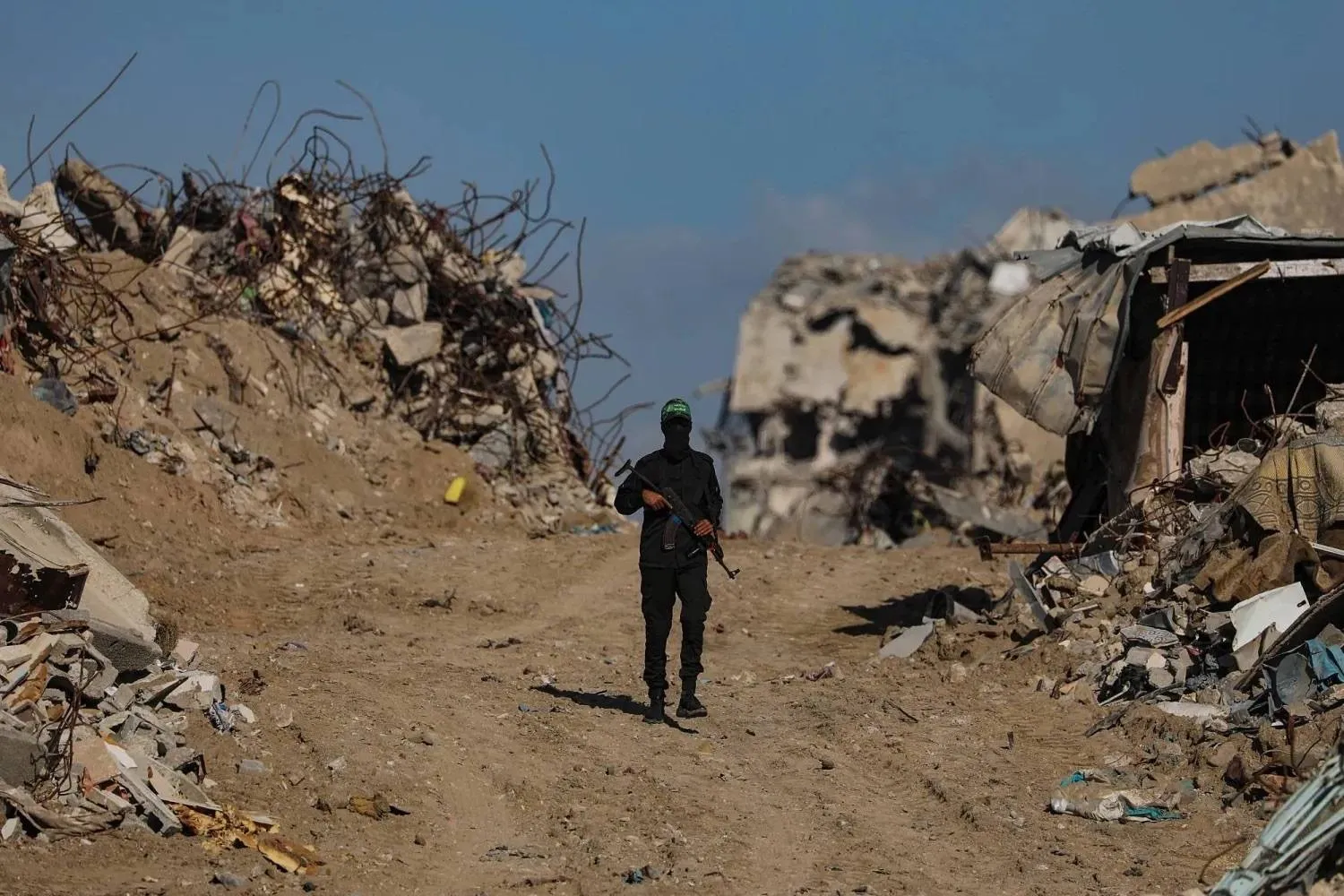The leader of the Sadrist movement in Iraq, Muqtada al-Sadr, rejected the call for dialogue, describing it as "useless" as long as the Iraqi people have said their say in the elections.
In a televised speech, Sadr noted that "Iraqi blood is dear," stressing "enough blood... the responsibility for its shedding is borne on everyone."
Sadr indicated that he has no interest in dialogue with his rivals, stressing, "Don't believe the rumors that I don't want dialogue."
He explained that he had already tried and experienced a dialogue with them, which only brought ruin and corruption.
Sadr demanded dissolving the parliament and called for early elections, asking his supporters to continue their protests until meeting their demands.
The cleric called for early elections and unspecified constitutional amendments.
In recent leaks, Sadr accused the former prime minister and head of the State of Law coalition, Nuri al-Maliki, without naming him, of trying to kill him.
Meanwhile, Prime Minister Mustafa al-Kadhimi ordered authorities to open the bridge in central Baghdad, usually dedicated to protests of the Shiite Coordination Framework Forces.
Sadr supporters gathered near the Ministry of Defense entrance on the Jumhuriya Bridge to enter and exit the Green Zone.
The Coordination Framework became the largest parliamentary bloc after the withdrawal of the Sadrist representatives and tried to use that for its advantage and form a government chaired by former minister and current lawmaker Mohammed Shia al-Sudani.
Officials of the Coordination Framework tried to move on to the next step of electing a president, but Sadr asked his supporters twice to march in protests, storm the Green Zone, and enter the Iraqi parliament.
The first protest lasted for hours, and Sadr ordered his supporters to withdraw, while the second sit-in came after the Framework forces requested an entire parliamentary session to elect the president ahead of assigning the prime minister.
The Framework was faced with two issues in forming the government. The first is the position of the Sunni Sovereignty Alliance and the Kurdistan Democratic Party (KDP), which announced that they would not attend the session unless their demands were met.
The second obstacle was the Sadrist movement's demonstrations and storming into the parliament, which ended any chance of holding a session to elect a new president.
Meanwhile, several politicians began calling for a parliamentary session in another location, regardless of the Sadrist escalation, but Speaker Mohammad al-Halbousi suspended the legislature until further notice.
The Coordination Framework forces wanted to show their strong support and called for a protest on the other side of the area, near the suspended bridge.
Meanwhile, recent leaks indicated that the Sadrist movement and Framework forces are engaged in secret discussions, which was neither confirmed nor denied by either party.
The reports claim that the talks between the two parties are led by Fatah leader Hadi al-Amiri. This confirms that Maliki, who leads the largest bloc within the Framework, has been excluded from the negotiations, given his tense relationship with Sadr.
However, other information claims that the two Shiite parties are holding talks in Tehran with Iranian mediation.
Sadr formed a committee of senior leaders to manage the sit-in in the parliament's vicinity.
Furthermore, experts are discussing the constitutionality of the possible return of Sadr's 73 lawmakers who withdrew from parliament as part of the solution.









